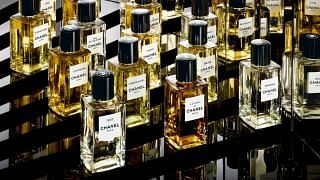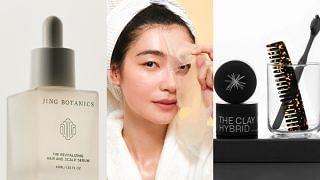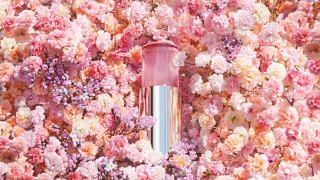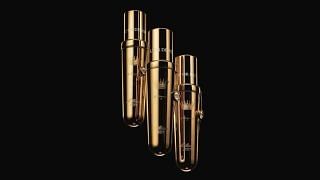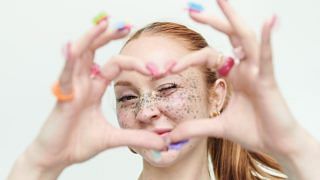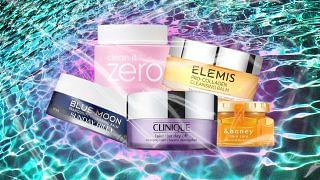Mixologists will tell you without missing a beat that the best cocktails are greater than the sum of their parts, and having had more than a few good ones ourselves, we can’t help but to agree wholeheartedly. If cocktails make things a lot more fun, it must be the same for our skincare ingredients, right?
With brands like The Ordinary breaking down the ingredients into affordable little bottles of magic that you have the power to mix and match, it can get a little daunting at first. Your skin is not just one of the three types you’ve been taught — it can change from time to time depending on hormones, diet, stress levels and even environmental stressors. It’s all about getting to know your skin the best way possible and nourishing it with what it needs.
Here’s our handy guide on how to do exactly that. It’s worth nothing that while it’s tempting to change your entire skincare regimen and introduce a bunch of new products at a time, do it slowly so you can not only see the effects happening, you can also pin point exactly what doesn’t work if you end up having an allergy.
When you’re dealing with hyperpigmentation
Key ingredients: Glycolic acid, hyaluronic acid, Vitamin C, retinol, niacinamide, licorice
In the morning: Applying a vitamin C serum in the morning will help your skin to neutralise free radicals. However, make sure you follow with sunscreen, with an SPF of 30 or higher. Vitamin C helps treat dark spots, and you can complement it with ingredients like licorice and niacinamide.
In the evening: Retinol to target the dark spots, and hyaluronic acid to soothe your skin. When you use a lot of active ingredients in your serums, make sure your moisturiser is kept simple: choose one with peptides to help strengthen your skin.
When you’re dealing with sensitive skin, or redness-prone skin
Key ingredients: Hyaluronic acid, ceramides, CoQ10, lactic acid, green tea extract, niacinamide and caffeine
In the morning: Sensitive skin means your skin’s natural barrier against everything that is harmful is impaired, so antioxidant serums are a good thing. Follow that with a moisturiser with ceramides and hyaluronic acid. Using caffeine in the form of skincare will help decrease redness in the mornings.
In the evening: ECGC from green tea extract will help calm redness in your skin, while lactic acid is a gentle exfoliant you can use whenever you need it to to help exfoliate your skin.
When you’re dealing with acne issues
Key ingredients: Salicylic acid, azelaic acid, vitamin c, rosehip oil, hyaluronic acid, kaolin clay
In the morning: Acne-prone skin can get quite frustrating but it’s worth trying to figure out the reason behind your skin’s reactions, whether it’s hormones, your diet or even your lifestyle. Start your morning with a side of vitamin C to go with your OJ. This multitasker not only brightens skin, including acne scarring, it is also an antioxidant, boosting wound healing, calming down redness and fights free radicals.
When picking a moisturiser and sunscreen, be very cautious about choosing one that’s non-comedogenic so your pores don’t get clogged.
In the evening: You need a chemical exfoliant that go deep into the pores to exfoliate instead of just something on the surface, so BHAs will do just that. Don’t overdo it though — stick to once or twice a week. Azelaic acid is great at unclogging pores and evening out skin texture.








